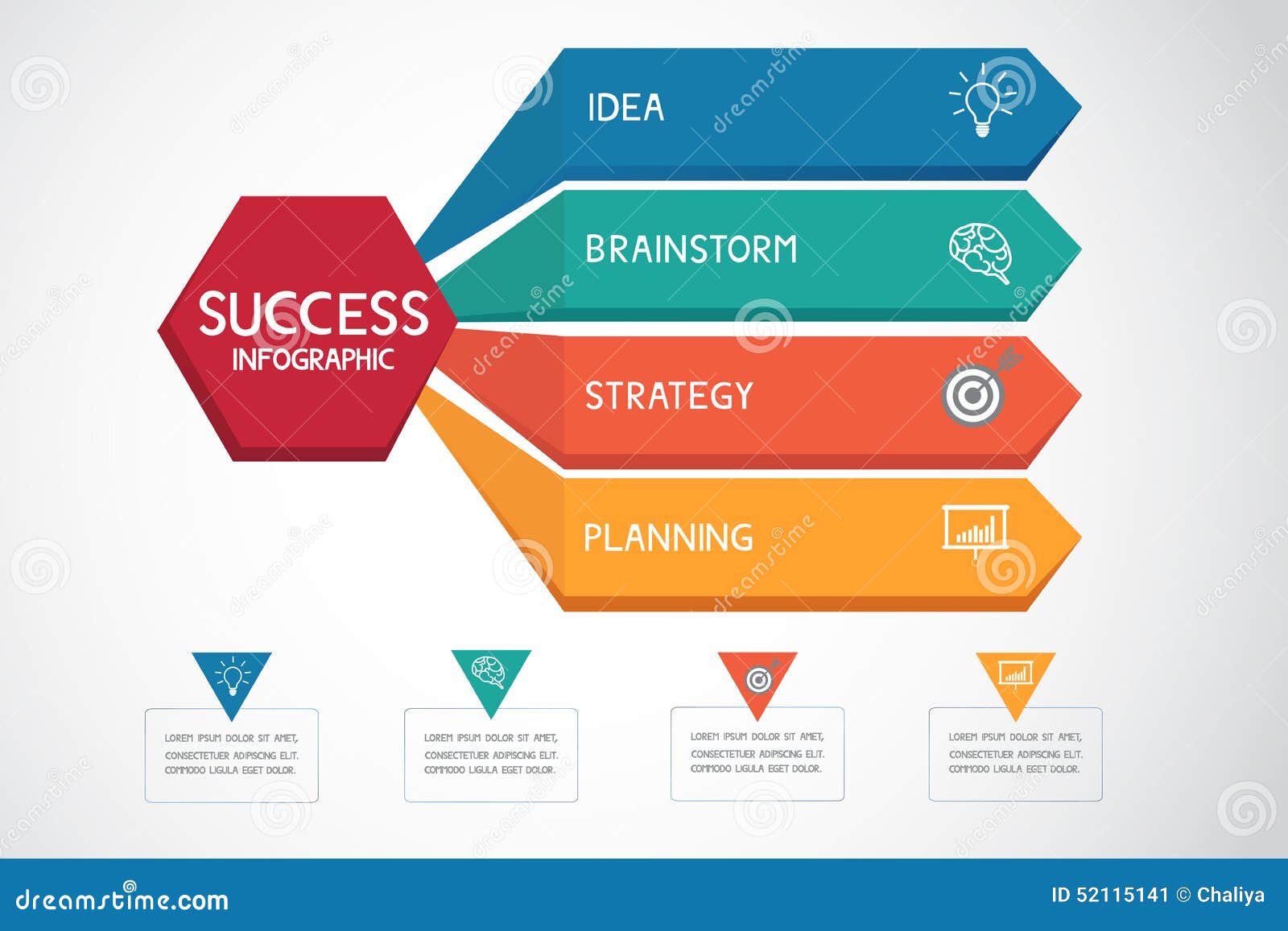The Advancement Of Internet Site Layout: From Past To Present
The Advancement Of Internet Site Layout: From Past To Present
Blog Article
Staff Author-Jonasson Dodson
In the past, web sites were basic and concentrated on info. Navigating was direct, and layout was for desktop computers. Now, individual experience is vital. Data overviews layouts for simple navigation. Receptive designs match different devices. Today, dark setting lowers strain, and minimal food selections boost navigation. Interactive functions involve users, and strong visuals stand apart. AI integration increases engagement. See exactly how style has advanced to boost your on-line journey.
Very Early Days of Website Design
In the early days of website design, simplicity preponderated. Web sites were fundamental, with minimal shades, fonts, and formats. The emphasis was on supplying info rather than showy visuals. seo services seo accessed the net with slow-moving dial-up connections, so speed and performance were essential.
Navigation food selections were straightforward, generally located at the top or side of the web page. Sites were developed for home computer, as mobile browsing had not been yet common. Material was king, and developers prioritized simple readability over intricate design aspects.
HTML was the primary coding language used, and designers needed to function within its restraints. Computer animations and interactive functions were very little contrasted to today's criteria. Websites were static, with little vibrant material or tailored user experiences.
Increase of User-Focused Design
With the advancement of internet site style, a shift in the direction of user-focused style principles has actually ended up being progressively prominent. Today, creating websites that prioritize individual experience is important for engaging site visitors and attaining business goals. User-focused layout involves comprehending the demands, preferences, and actions of your target market to tailor the web site's format, web content, and features accordingly.
Designers now conduct detailed research, such as customer studies and usability screening, to collect insights and comments straight from customers. This data-driven method aids in creating intuitive navigation, clear calls-to-action, and aesthetically enticing user interfaces that reverberate with site visitors. By placing the user at the center of the layout procedure, sites can provide a more individualized and enjoyable experience.
Responsive design has likewise emerged as an essential aspect of user-focused design, ensuring that websites are maximized for various gadgets and screen sizes. https://internetmarketingsquaresp10864.blog4youth.com/30430309/search-engine-optimization-strategies-browsing-the-distinctions-between-regional-and-typical-strategies improves ease of access and functionality, dealing with the diverse ways users communicate with websites today. Essentially, the rise of user-focused design represents a shift towards creating electronic experiences that prioritize the requirements and expectations of the end customer.
Modern Trends in Website Design
Check out the current trends shaping website design today. One noticeable pattern is dark setting style, providing a streamlined and contemporary look while minimizing eye stress in low-light settings. https://what-is-content-marketing95172.blogvivi.com/30435905/meticulously-select-an-electronic-advertising-business-for-your-service-based-upon-goals-budget-and-sector-experience-find-out-even-more-for-success is minimal navigating, streamlining menus and enhancing customer experience by focusing on essential elements. Including micro-interactions, such as computer animated buttons or scrolling effects, can produce a more appealing and interactive internet site. Receptive style remains critical, making sure seamless user experiences across different tools. Furthermore, utilizing great post to read and asymmetrical layouts can include visual interest and draw attention to certain content.
Integrating AI modern technology, like chatbots for client support or tailored referrals, boosts individual involvement and enhances procedures. Access has additionally become a considerable trend, with designers prioritizing comprehensive style methods to satisfy diverse customer needs. Embracing sustainability by maximizing website efficiency for rate and efficiency is an additional arising fad in web design. Working together with customer responses and data analytics to iterate and boost layout continuously is vital for staying appropriate in the ever-evolving electronic landscape. By welcoming these contemporary fads, you can create an aesthetically appealing, easy to use site that resonates with your audience.
Final thought
As you reflect on the advancement of internet site design from the very early days to currently, you can see how user-focused design has come to be the driving force behind modern-day trends.
Welcome the trip of modification and adaptation in web design, constantly maintaining the user experience at the leading edge.
Keep current with the most recent patterns and modern technologies, and never ever quit developing your strategy to develop visually spectacular and straightforward websites.
Evolve, adapt, and produce - the future of web design is in your hands.
